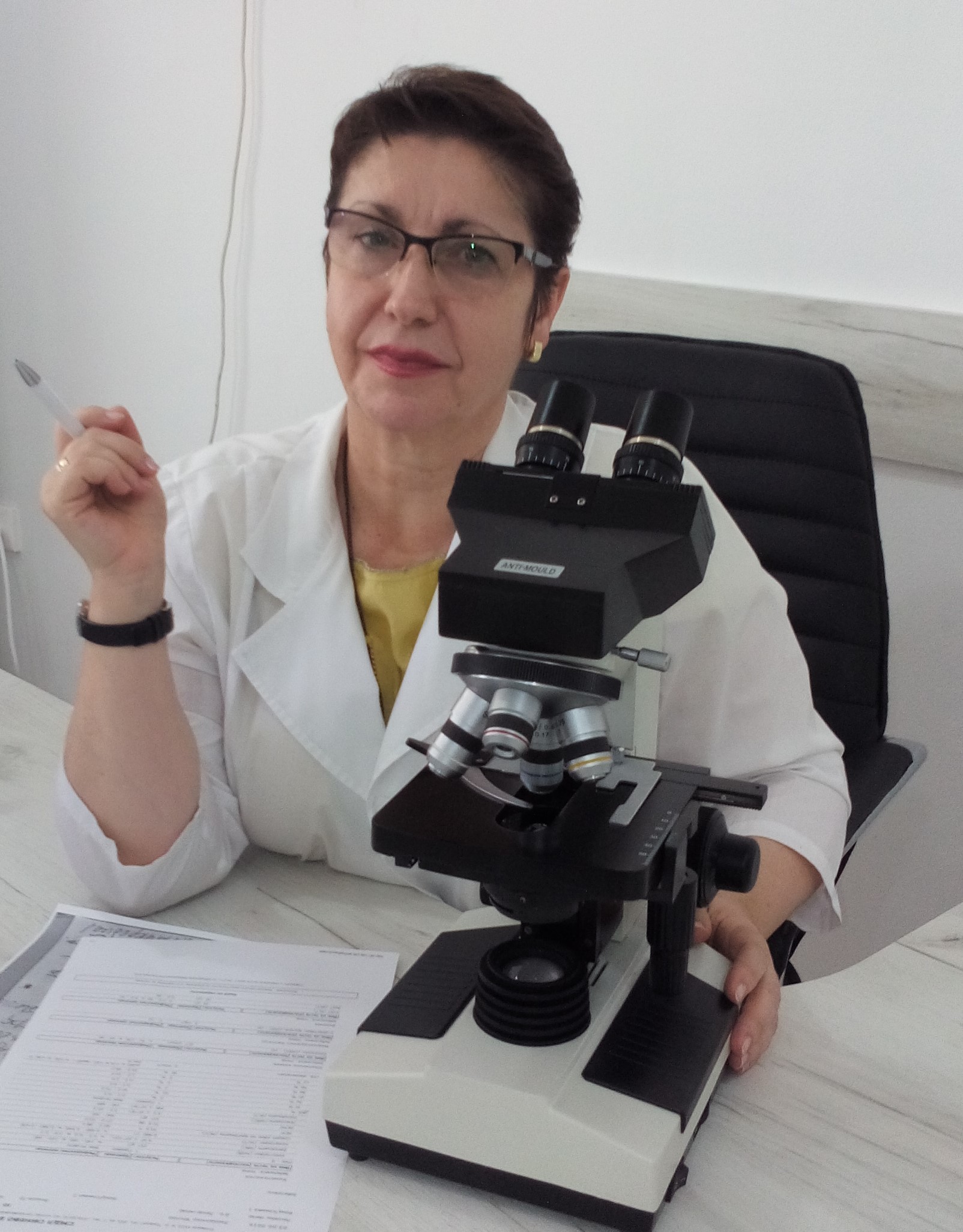

International online conference Periodontology & Friends
The role of neck ultrasound in patients with Sjögren’s syndrome and autoimmune thyroid diseases
Sjögren’s syndrome (SS) and autoimmune thyroid diseases (AITD) often coexist together due to heterogeneity in patients with autoimmune disorders. This has been largely documented in the medical literature with hypothesis for common pathogenic mechanisms that may be implied in both conditions. SS is more frequent in patients with AITD suggesting that SS patients should be screened for thyroid disease. The similar autoimmunity pathways and lymphoproliferation are accentuated by the risk of development of non-Hodgkin’s lymphoma (NHL). On the other hand, patients with AITD have altered metabolism affecting the salivary glands and resulting in hyposalivation, which further highlights the importance to screen patients for both SS and AITD. The fact that ultrasound is widely used in thyroid examination and the major salivary glands are superficial and readily available to visualize makes them worthwhile to examine during thyroid ultrasonography. Thus, endocrinologists are more likely to detect ultrasound features of autoimmune salivary gland disorders like heterogeneity, atrophy or swelling, unclear boundaries and hypervascularity especially in patients with AITD.
back to International online conference Periodontology & Friends

